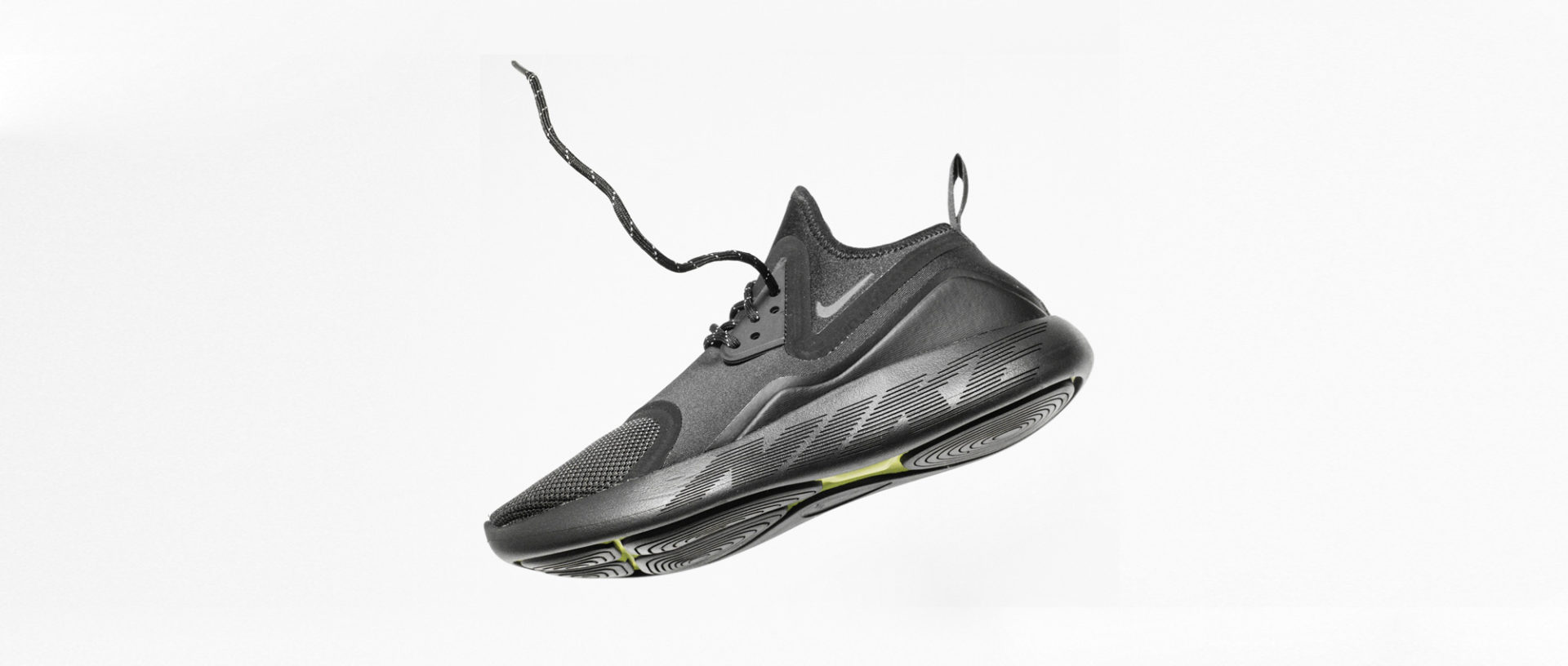Although relatively simple, and usually small in size compared to the other visual elements of branding materials, a logo is monumental in importance for brand identity.
A logo can take a variety of forms, such as a custom font as demonstrated by Coca-Cola, or a singular, seemingly elementary shape, such as the Nike swoosh.
However, the two things your logo cannot be are: forgettable, or memorable for the wrong reasons.
So how can you design a logo that is practical for use across a multitude of marketing assets such as letterhead, social media profiles, and perhaps even billboards, but powerful enough to make a lasting, positive impact?
Here are a few insights to help you on the path to logo design mastery.
1. Be creative.
While it may seem obvious that a logo should be creative, many people are tempted to design a logo that is essentially a small picture of the product being sold. Not only will this approach to logo design make it difficult for your brand to expand beyond your original product platform, it will also make your company seem boring. So, for example, if you sell cars, don’t use a car for your logo.
If, however, you decide to base your logo on the product being sold, look for ways to give the logo an unexpected twist. For example, Apple did not use a computer for its logo, but instead opted for the iconic apple with the missing “byte.” Elevate your logo above ordinary, everyday symbols to ensure that your brand has an impressive visual signature.
2. Avoid clichés.
At one point in time, it was innovative to use a light bulb to symbolize an idea, or a mountain to symbolize the outdoors, however those days are long gone. Don’t be fooled into thinking that a cliché symbol can shed its worn out reputation with some minor tweaking such as the use of an unusual color combination, or the addition of a graphical detail. Let the clichés rest in peace and use design elements that are fresh and exciting.
3. Be thoughtful.
While looking for ways to be creative with logo design, use your brand’s personality and purpose to inspire a design that is more than just a clever graphic. Also, research the interests of your target audience, as well as the historical meanings of design elements when deciding the direction of your logo design. If your brand is quirky and lighthearted, consider giving your logo an element of humor or playfulness. Similarly, if your brand is more serious, look for ways to indicate your heightened level of sophistication through the calculated use of meaningful design details. Color is one of the easiest ways to make a visual statement, so study the psychological impact and cultural significance of colors to select a color scheme that will add an extra layer of meaning to your logo design. Every element of a logo is important. Infuse your logo with significance by giving thought to every design detail.
4. Be original.
Your logo should be timeless, innovative, practical, and meaningful, but most importantly, your logo must be original. If your brand identity is developed using a logo that is similar to another company’s logo, you will encounter a multitude of marketing and branding issues, as well as possible legal problems. Don’t let your logo end up on LogoThief, the renowned website created to shame designers who plagiarize logo designs. Work with a branding professional who is well educated in the field of logo design.
Your logo is the fingerprint of your business; it is on everything that your business touches. Take the time to create a logo that is creative, fresh, thoughtful, and original.
Let Astute Communications design the perfect logo for your business.
Contact us today to get started.
